Rabbit Anti-GSK3B Recombinant Antibody (VS3-CJ1001) (CAT#: VS3-CJ1001)
This product is a rabbit antibody that recognizes human, and mouse GSK3B.

(Immunofluorescent staining of human cell line U-251 MG shows localization to nucleoplasm.)
* Image credit: Human Protein Atlas v21.proteinatlas.org/images/28017/if_selected.jpg

(Glial cells Staining: Medium Intensity: Moderate Quantity: 75%-25% Location: Cytoplasmic/ membranous Neuronal cells Staining: High Intensity: Strong Quantity:>75% Location: Cytoplasmic/ membranous Neuropil Staining: High Intensity: Strong Quantity:>75% Location: Cytoplasmic/ membranous)
* Image credit: Human Protein Atlas v21.proteinatlas.org/images/16263/36255_B_9_5.jpg

(Glandular cells Staining: Medium Intensity: Moderate Quantity:>75% Location: Cytoplasmic/ membranous Peripheral nerve/ganglion Staining: Medium Intensity: Moderate Quantity:>75% Location: Cytoplasmic/ membranous)
* Image credit: Human Protein Atlas v21.proteinatlas.org/images/16263/36255_A_9_3.jpg

(Cells in tubules Staining: Medium Intensity: Moderate Quantity: 75%-25% Location: Cytoplasmic/ membranous)
* Image credit: Human Protein Atlas v21.proteinatlas.org/images/16263/36255_A_7_5.jpg

(Cells in seminiferous ducts Staining: Medium Intensity: Moderate Quantity:>75% Location: Cytoplasmic/ membranous Location: Cytoplasmic/ membranous)
* Image credit: Human Protein Atlas v21.proteinatlas.org/images/16263/36255_A_6_6.jpg

(Germinal center cells Staining: Medium Intensity: Moderate Quantity: 75%-25% Location: Cytoplasmic/ membranous)
* Image credit: Human Protein Atlas v21.proteinatlas.org/images/16263/36255_A_7_8.jpg

(Cell lines ordered by descending RNA expression order)
* Image credit: Human Protein Atlas v21.proteinatlas.org/ENSG00000082701-GSK3B
Specifications
- Immunogen
- Recombinant protein
- Host Species
- Rabbit
- Type
- Rabbit IgG
- Specificity
- Human, Mouse GSK3B
- Species Reactivity
- Human, Mouse
- Applications
- WB, ICC, IF, IHC, FC
- Conjugate
- Unconjugated
Product Property
- Purification
- Protein A affinity purified
- Purity
- >95% as determined by SDS-PAGE
- Format
- Liquid
- Buffer
- 40% Glycerol, 1% BSA, TBS, pH7.4.
- Preservative
- 0.05% Sodium Azide
- Storage
- Store at 4°C for short term. Aliquot and store at -20°C for long term. Avoid repeated freeze/thaw cycles.
Applications
- Application Notes
- This antibody has been tested for use in Western Blot, Immunocytochemistry, Immunofluorescence, Immunohistochemistry, Flow Cytometry.
Target
- Alternative Names
- Glycogen synthase kinase 3 beta
- Gene ID
- 2932
- UniProt ID
- P49841
- Sequence Similarities
- Belongs to the protein kinase superfamily. CMGC Ser/Thr protein kinase family. GSK-3 subfamily.
- Cellular Localization
- Cell membrane, Cytoplasm, Membrane, Nucleus
- Post Translation Modifications
- Phosphorylated by AKT1 and ILK1. Upon insulin-mediated signaling, the activated PKB/AKT1 protein kinase phosphorylates and deactivates GSK3B, resulting in the dephosphorylation and activation of GYS1. Activated by phosphorylation at Tyr-216 (PubMed:25169422).
Inactivated by phosphorylation at Ser-9 (Probable). Phosphorylated in a circadian manner in the hippocampus (By similarity).
Mono-ADP-ribosylation by PARP10 negatively regulates kinase activity.
- Protein Refseq
- NP_001139628.1; NP_002084.2
- Function
- Constitutively active protein kinase that acts as a negative regulator in the hormonal control of glucose homeostasis, Wnt signaling and regulation of transcription factors and microtubules, by phosphorylating and inactivating glycogen synthase (GYS1 or GYS2), EIF2B, CTNNB1/beta-catenin, APC, AXIN1, DPYSL2/CRMP2, JUN, NFATC1/NFATC, MAPT/TAU and MACF1 (PubMed:1846781, PubMed:9072970, PubMed:14690523, PubMed:20937854, PubMed:12554650, PubMed:11430833, PubMed:16484495).
Requires primed phosphorylation of the majority of its substrates (PubMed:11430833, PubMed:16484495).
In skeletal muscle, contributes to insulin regulation of glycogen synthesis by phosphorylating and inhibiting GYS1 activity and hence glycogen synthesis (PubMed:8397507).
May also mediate the development of insulin resistance by regulating activation of transcription factors (PubMed:8397507).
Regulates protein synthesis by controlling the activity of initiation factor 2B (EIF2BE/EIF2B5) in the same manner as glycogen synthase (PubMed:8397507).
In Wnt signaling, GSK3B forms a multimeric complex with APC, AXIN1 and CTNNB1/beta-catenin and phosphorylates the N-terminus of CTNNB1 leading to its degradation mediated by ubiquitin/proteasomes (PubMed:12554650).
Phosphorylates JUN at sites proximal to its DNA-binding domain, thereby reducing its affinity for DNA (PubMed:1846781).
Phosphorylates NFATC1/NFATC on conserved serine residues promoting NFATC1/NFATC nuclear export, shutting off NFATC1/NFATC gene regulation, and thereby opposing the action of calcineurin (PubMed:9072970).
Phosphorylates MAPT/TAU on 'Thr-548', decreasing significantly MAPT/TAU ability to bind and stabilize microtubules (PubMed:14690523).
MAPT/TAU is the principal component of neurofibrillary tangles in Alzheimer disease (PubMed:14690523).
Plays an important role in ERBB2-dependent stabilization of microtubules at the cell cortex (PubMed:20937854).
Phosphorylates MACF1, inhibiting its binding to microtubules which is critical for its role in bulge stem cell migration and skin wound repair (By similarity).
Probably regulates NF-kappa-B (NFKB1) at the transcriptional level and is required for the NF-kappa-B-mediated anti-apoptotic response to TNF-alpha (TNF/TNFA) (By similarity).
Recommended Products
Isotype Control
Secondary Antibody
Related Resources
Product Notes
This is a product of Creative Biolabs' Hi-Affi™ recombinant antibody portfolio, which has several benefits including:
• Increased sensitivity
• Confirmed specificity
• High repeatability
• Excellent batch-to-batch consistency
• Sustainable supply
• Animal-free production
See more details about Hi-Affi™ recombinant antibody benefits.
Downloads
Download resources about recombinant antibody development and antibody engineering to boost your research.
See other products for "GSK3B"
Recombinant Antibody
| CAT | Product Name | Application | Type |
|---|---|---|---|
| MOB-2421z | Mouse Anti-GSK3B Recombinant Antibody (clone 44A1) | WB, ELISA, FC, ICC, IF, IHC | Mouse IgG1 |
| MRO-0702-CN | Rabbit Anti-GSK3B Recombinant Antibody (clone CBACN-251) | WB, IF, IHC, FC | Rabbit IgG |
| MRO-1915-CN | Rabbit Anti-GSK3B Polyclonal Antibody (MRO-1915-CN) | IF, IHC, FC | Rabbit IgG |
| MRO-2331-CN | Rabbit Anti-GSK3B Recombinant Antibody (clone CBACN-622) | WB, IF, IHC | Rabbit IgG |
| ZG-0397J | Mouse Anti-GSK3B Recombinant Antibody (ZG-0397J) | WB, ICC | Mouse IgG |
Chicken IgY Antibody
| CAT | Product Name | Application | Type |
|---|---|---|---|
| BRD-0238MZ | Chicken Anti-GSK3b Polyclonal IgY | Indirect ELISA, WB | Chicken antibody |
| BRD-0751MZ | Chicken Anti-GSK3 beta Polyclonal IgY | ELISA, IHC, IP, WB | Chicken antibody |
Rabbit Monoclonal Antibody
| CAT | Product Name | Application | Type |
|---|---|---|---|
| MOR-1526 | Rabbit Anti-GSK3B Recombinant Antibody (clone DS1526AB) | ICC, IHC-P, WB | Rabbit IgG |
| MOR-4682 | Rabbit Anti-GSK3B Recombinant Antibody (clone TH196DS) | WB, IHC-P, ChIP | Rabbit IgG |
Customer Reviews and Q&As
There are currently no Customer reviews or questions for VS3-CJ1001. Click the button above to contact us or submit your feedback about this product.
View the frequently asked questions answered by Creative Biolabs Support.
For Research Use Only. Not For Clinical Use.
For research use only. Not intended for any clinical use. No products from Creative Biolabs may be resold, modified for resale or used to manufacture commercial products without prior written approval from Creative Biolabs.
This site is protected by reCAPTCHA and the Google Privacy Policy and Terms of Service apply.

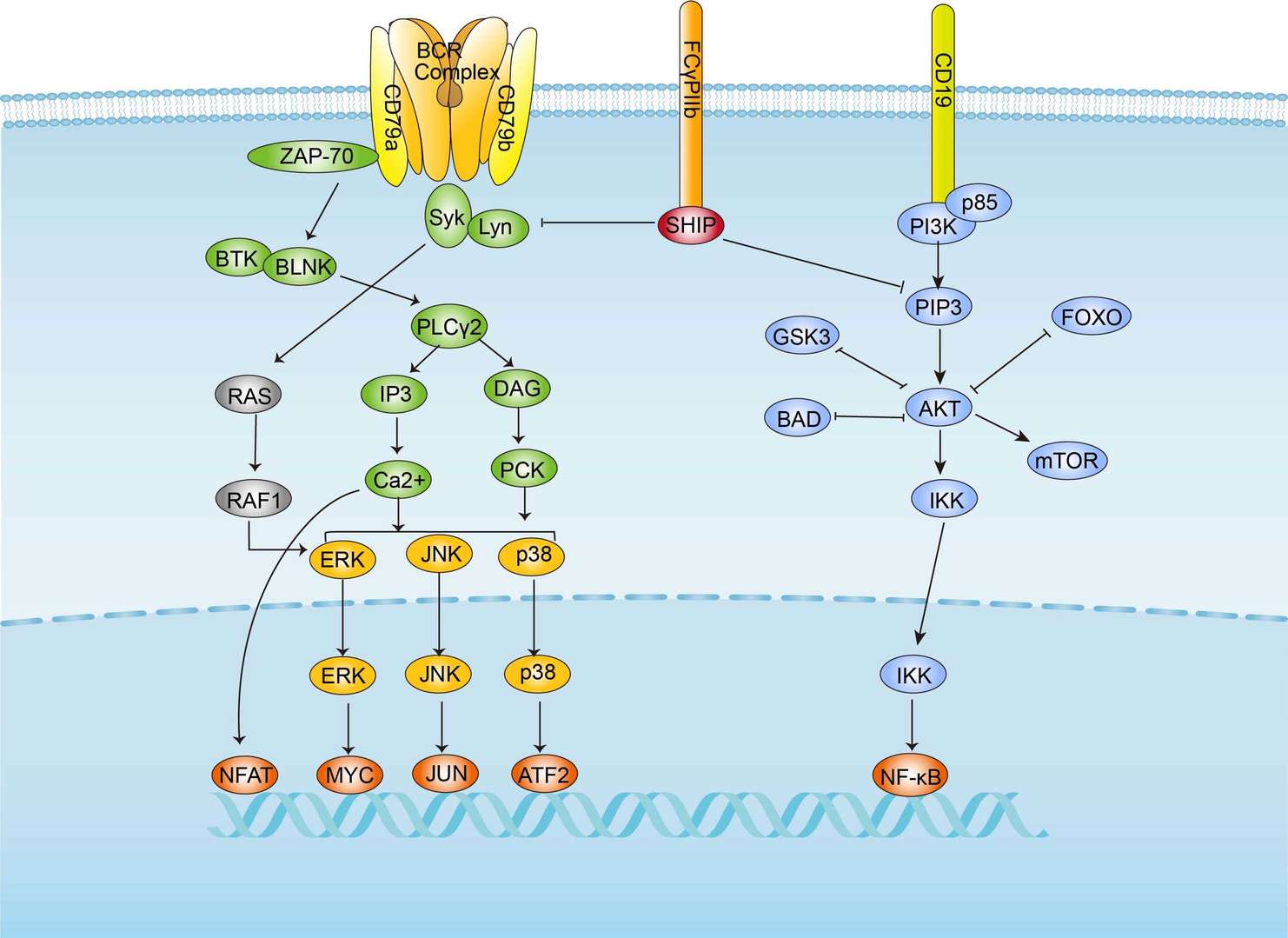 BCR Signaling Pathway
BCR Signaling Pathway
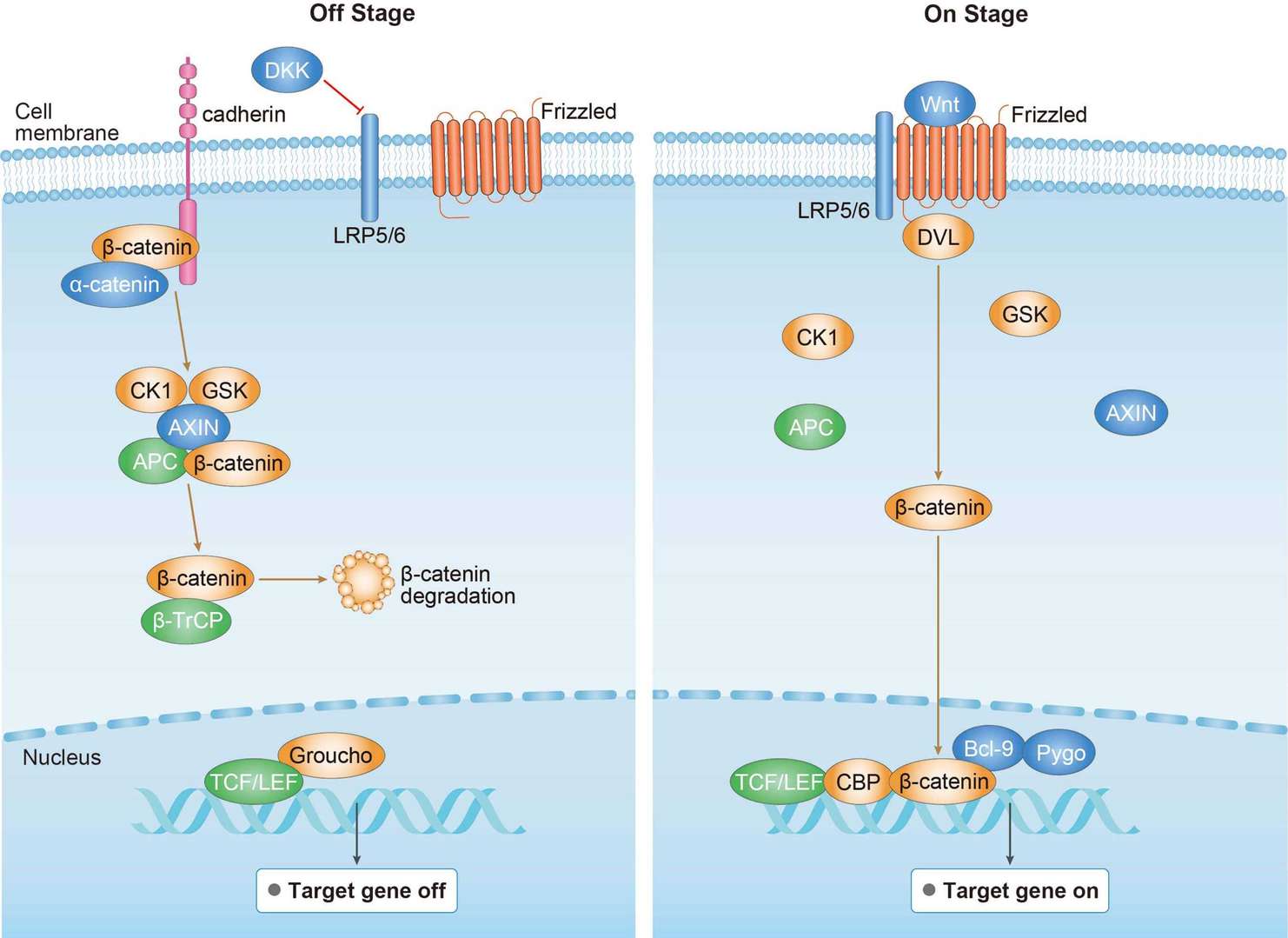 Canonical Wnt Signaling Pathway
Canonical Wnt Signaling Pathway
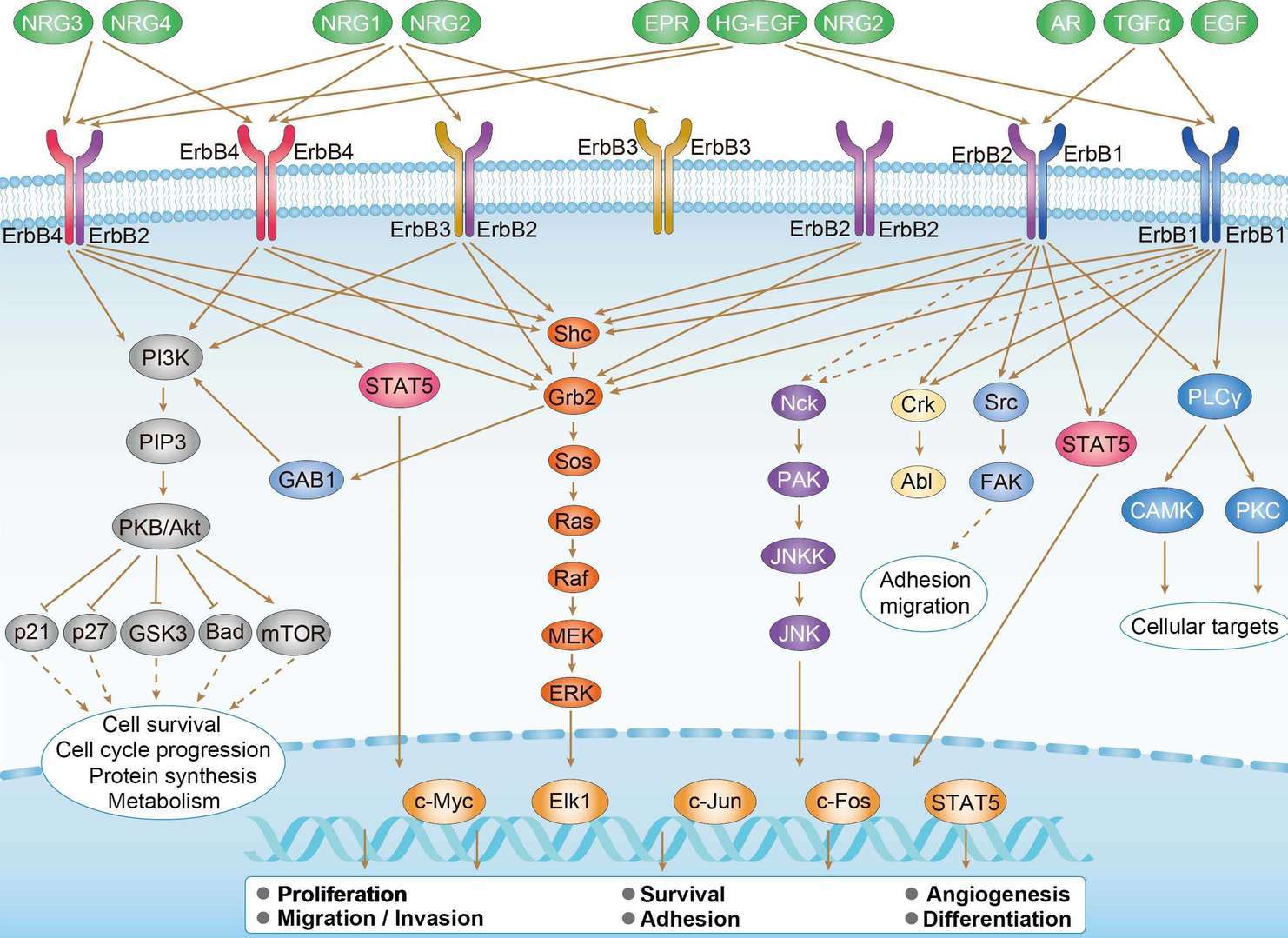 ErbB Signaling Pathway
ErbB Signaling Pathway
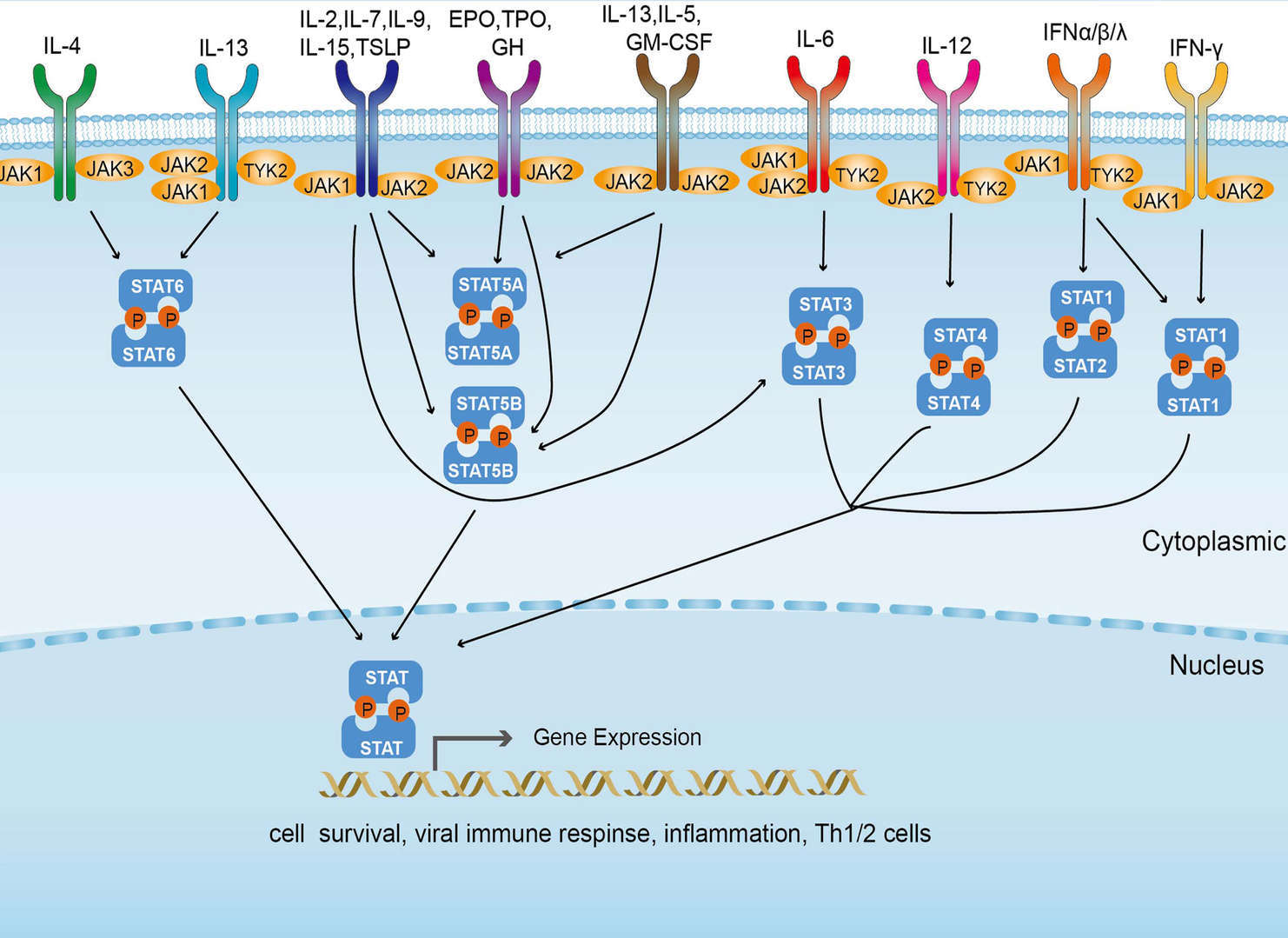 JAK-STAT Signaling Pathway
JAK-STAT Signaling Pathway
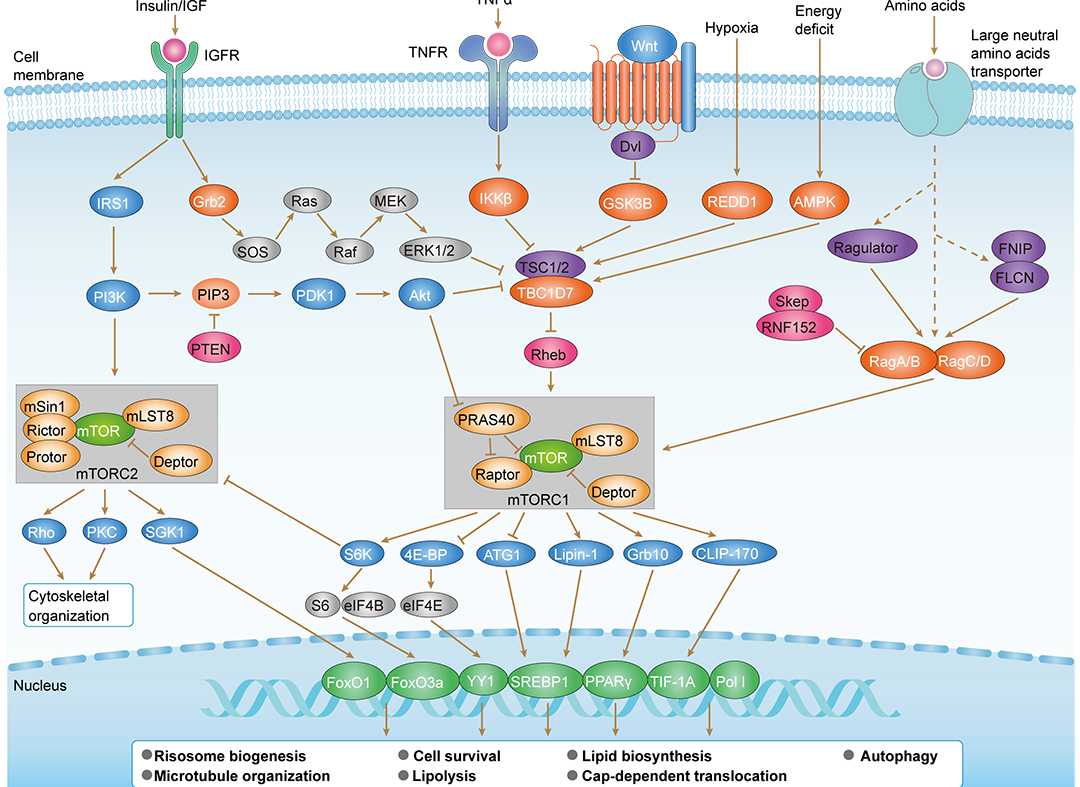 mTOR Signaling Pathway
mTOR Signaling Pathway
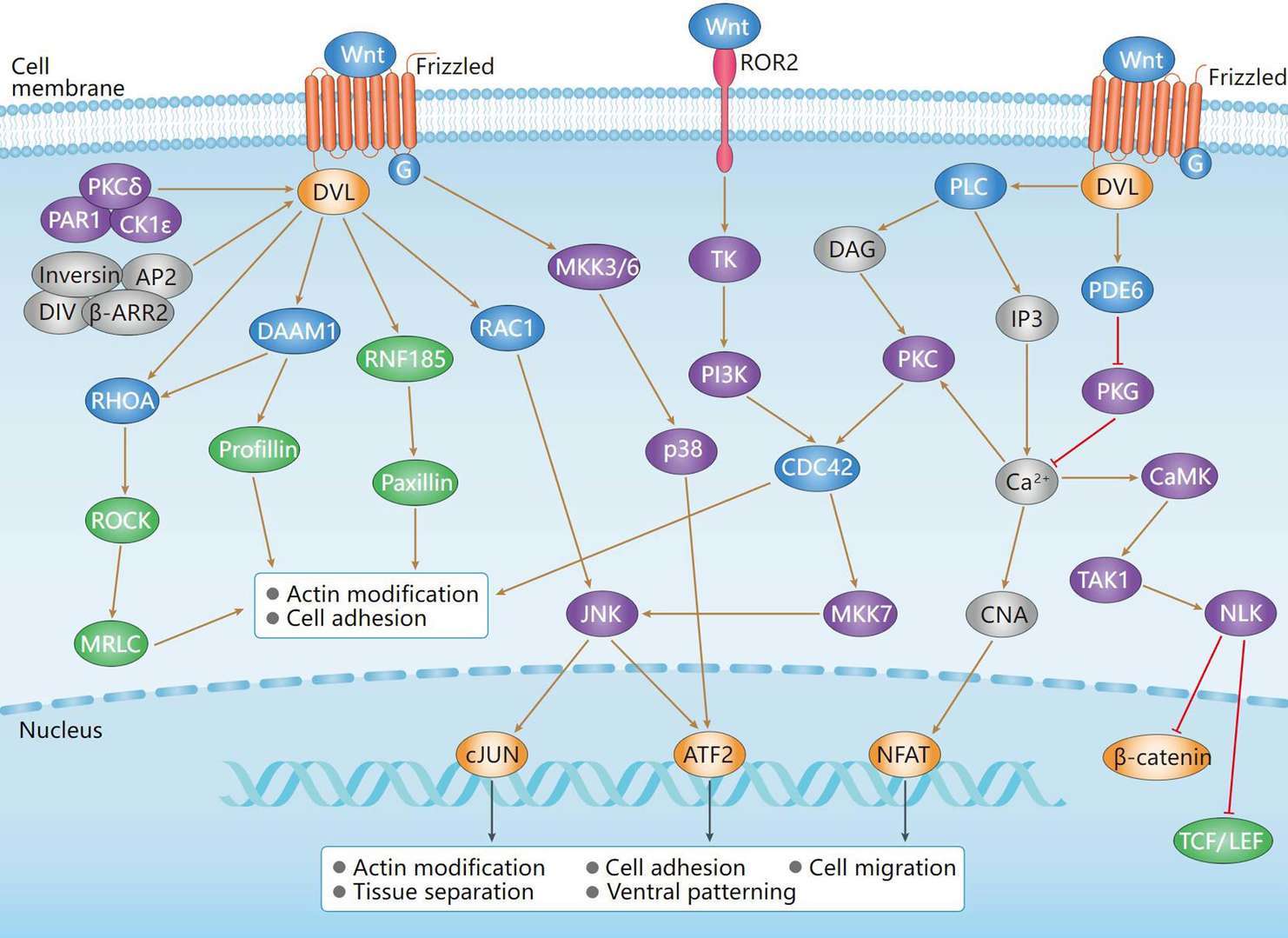 Non-Canonical Wnt Signaling Pathway
Non-Canonical Wnt Signaling Pathway
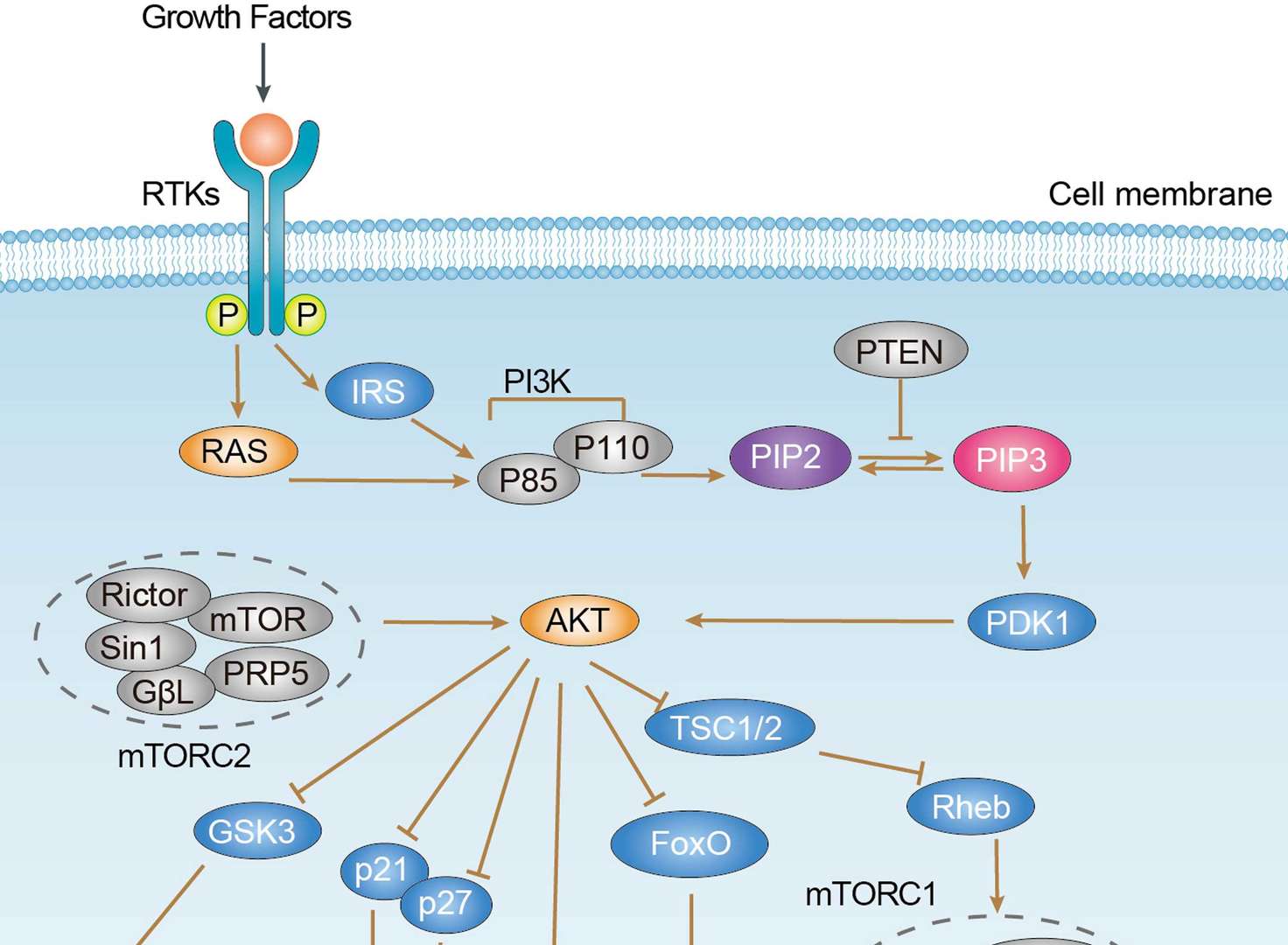 PI3K-Akt Signaling Pathway
PI3K-Akt Signaling Pathway
 Breast Cancer
Breast Cancer
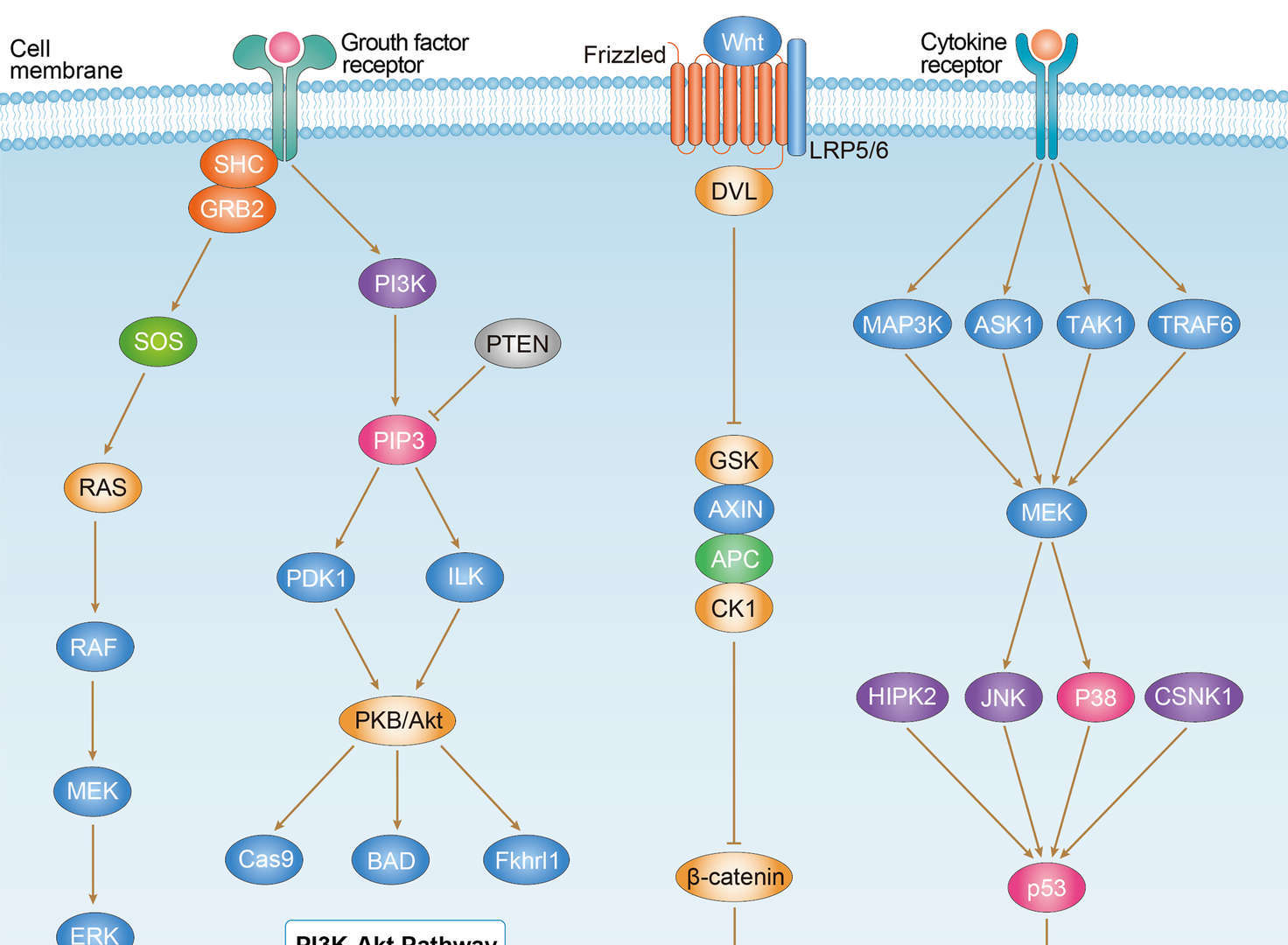 Endometrial Cancer
Endometrial Cancer
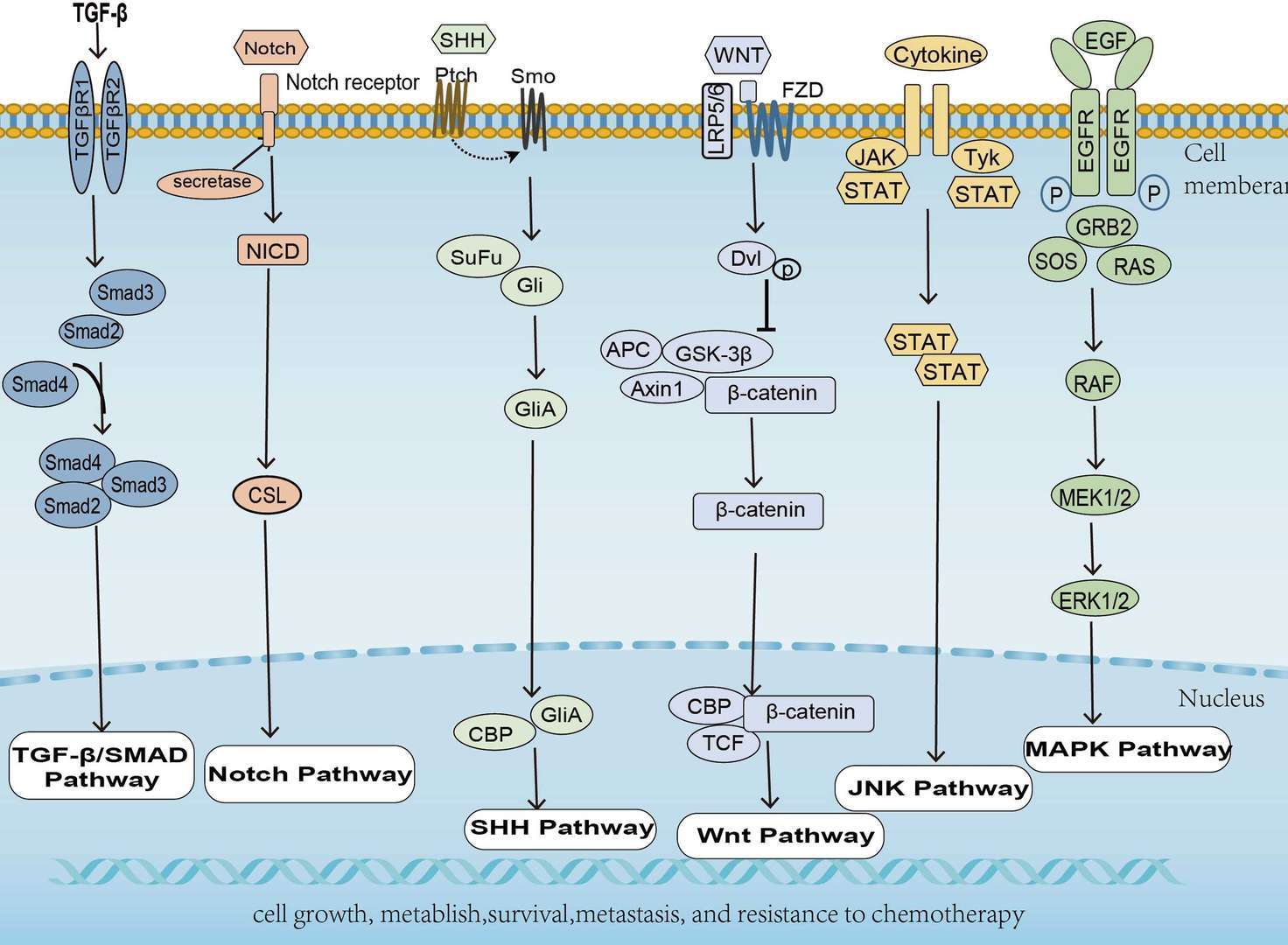 Pancreatic Cancer
Pancreatic Cancer
 Prostate Cancer
Prostate Cancer
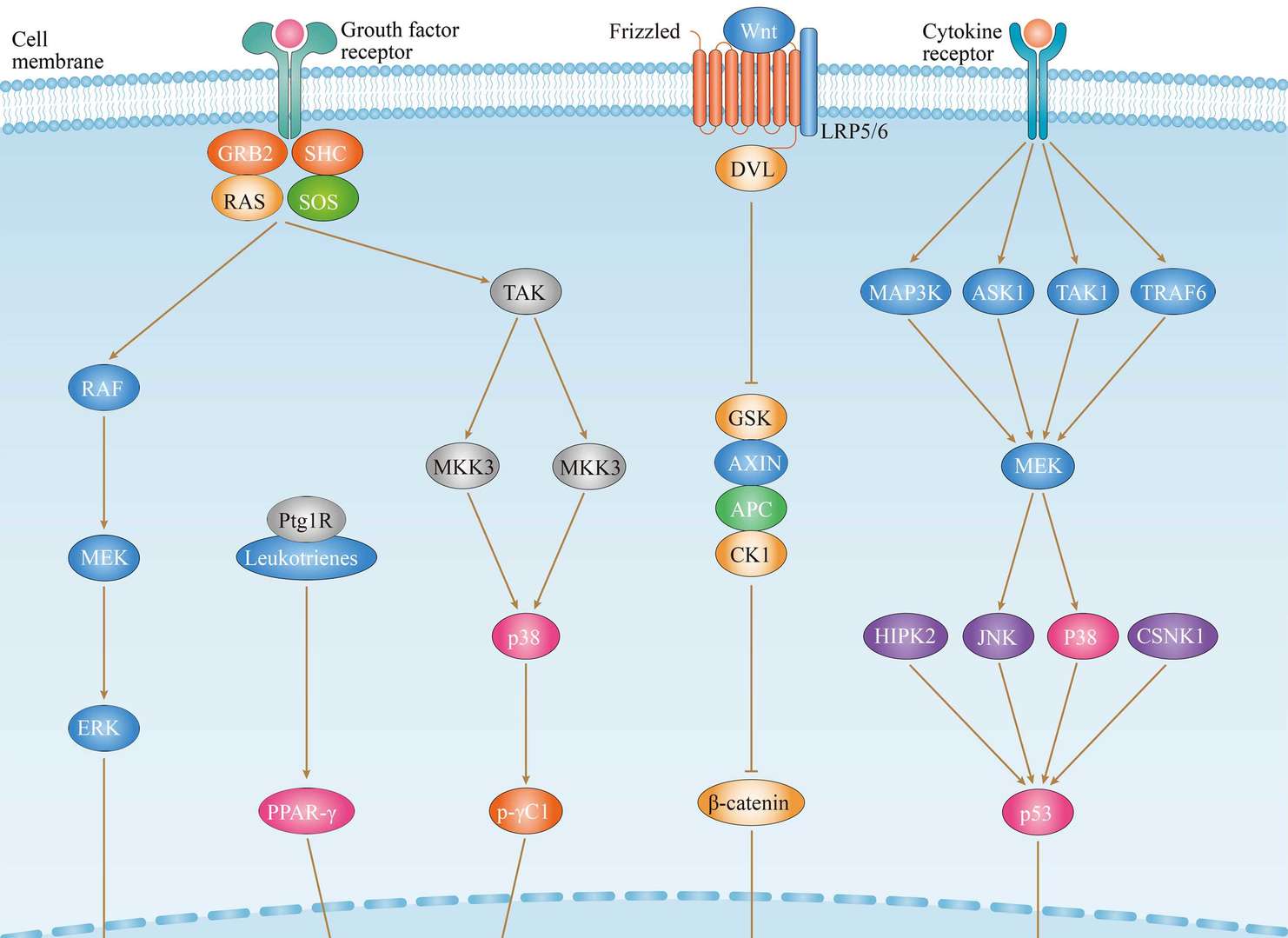 Throid Cancer
Throid Cancer
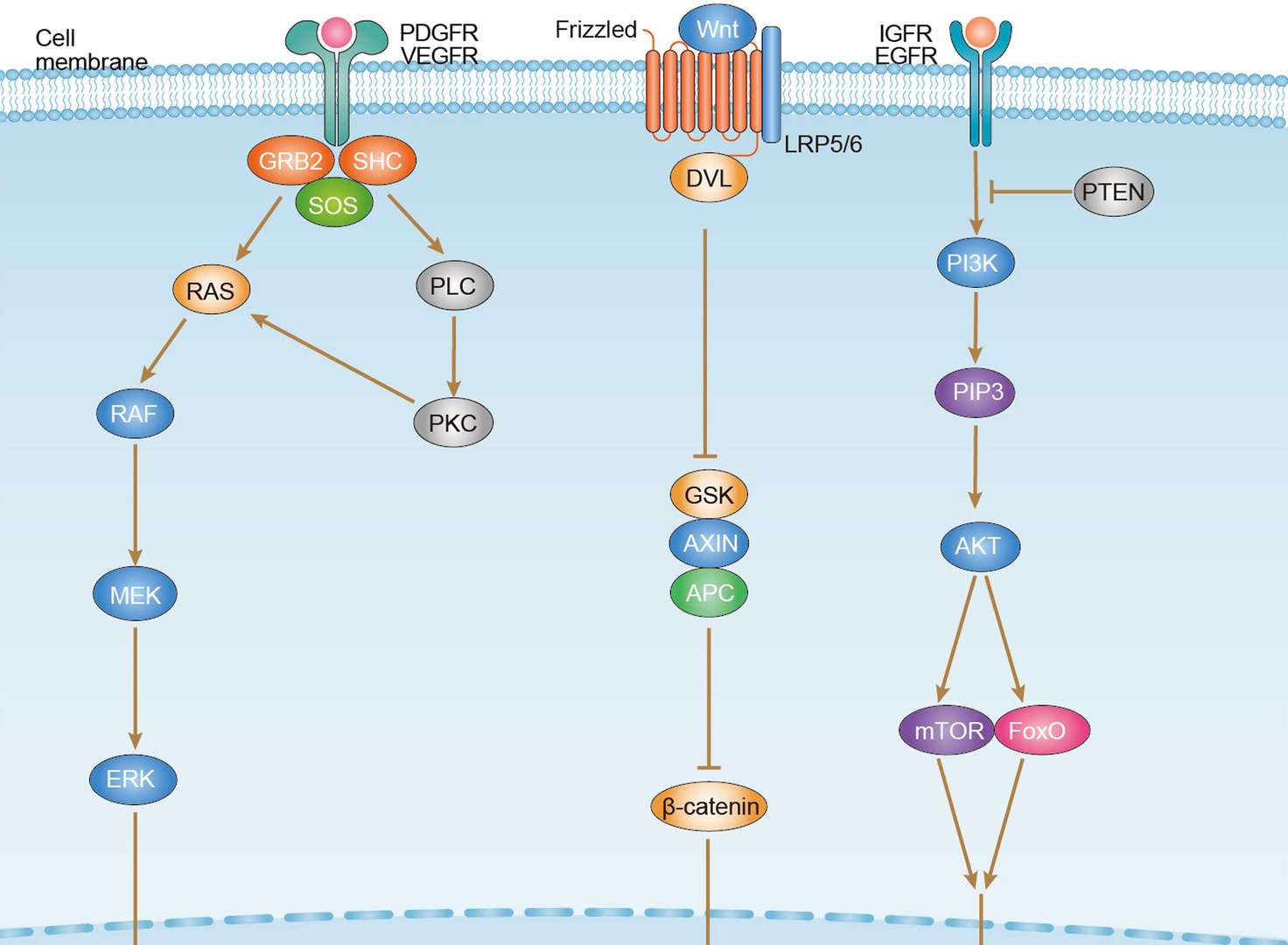 Hepatocellular Carcinoma
Hepatocellular Carcinoma
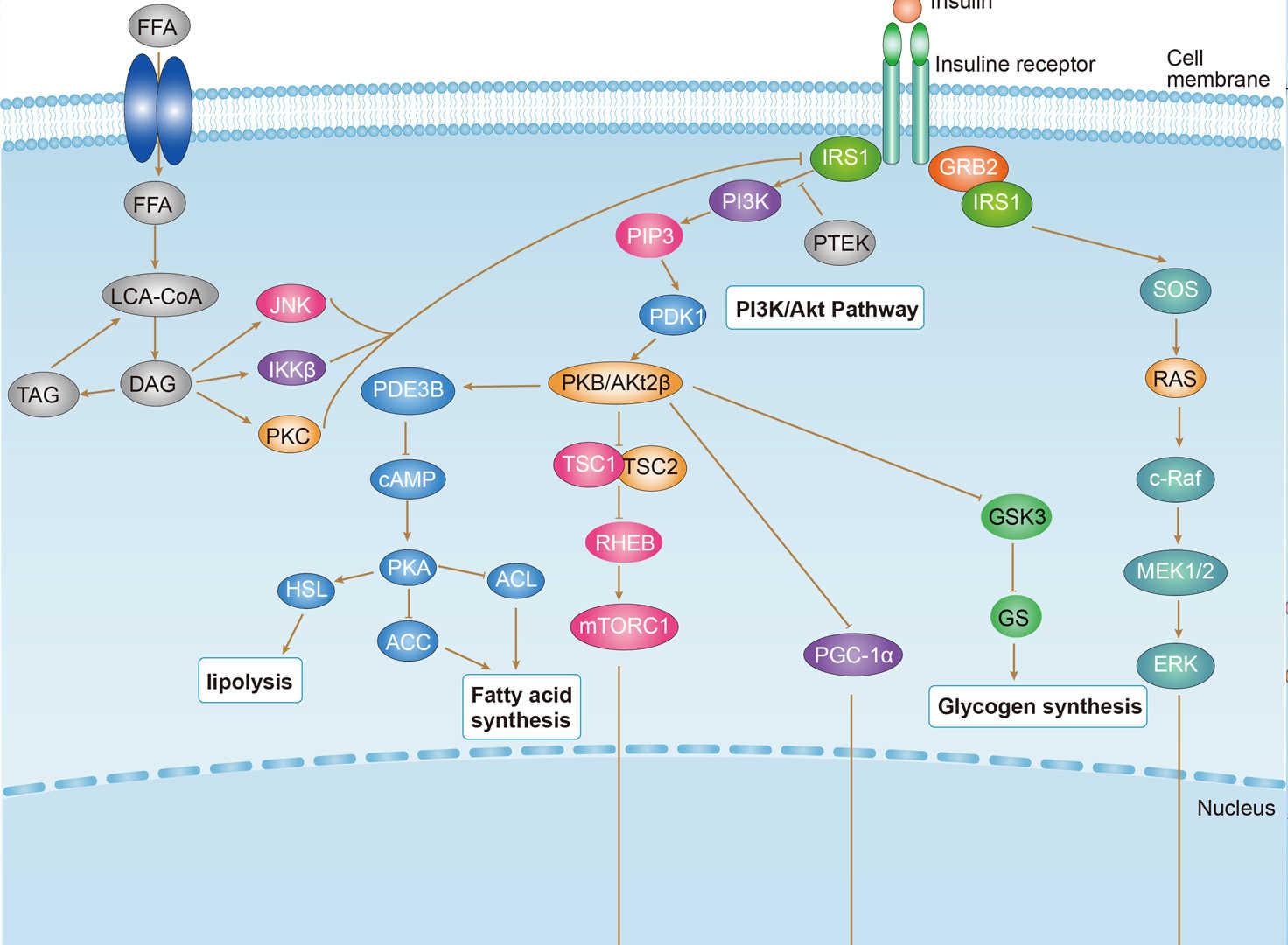 Insulin Resistance
Insulin Resistance
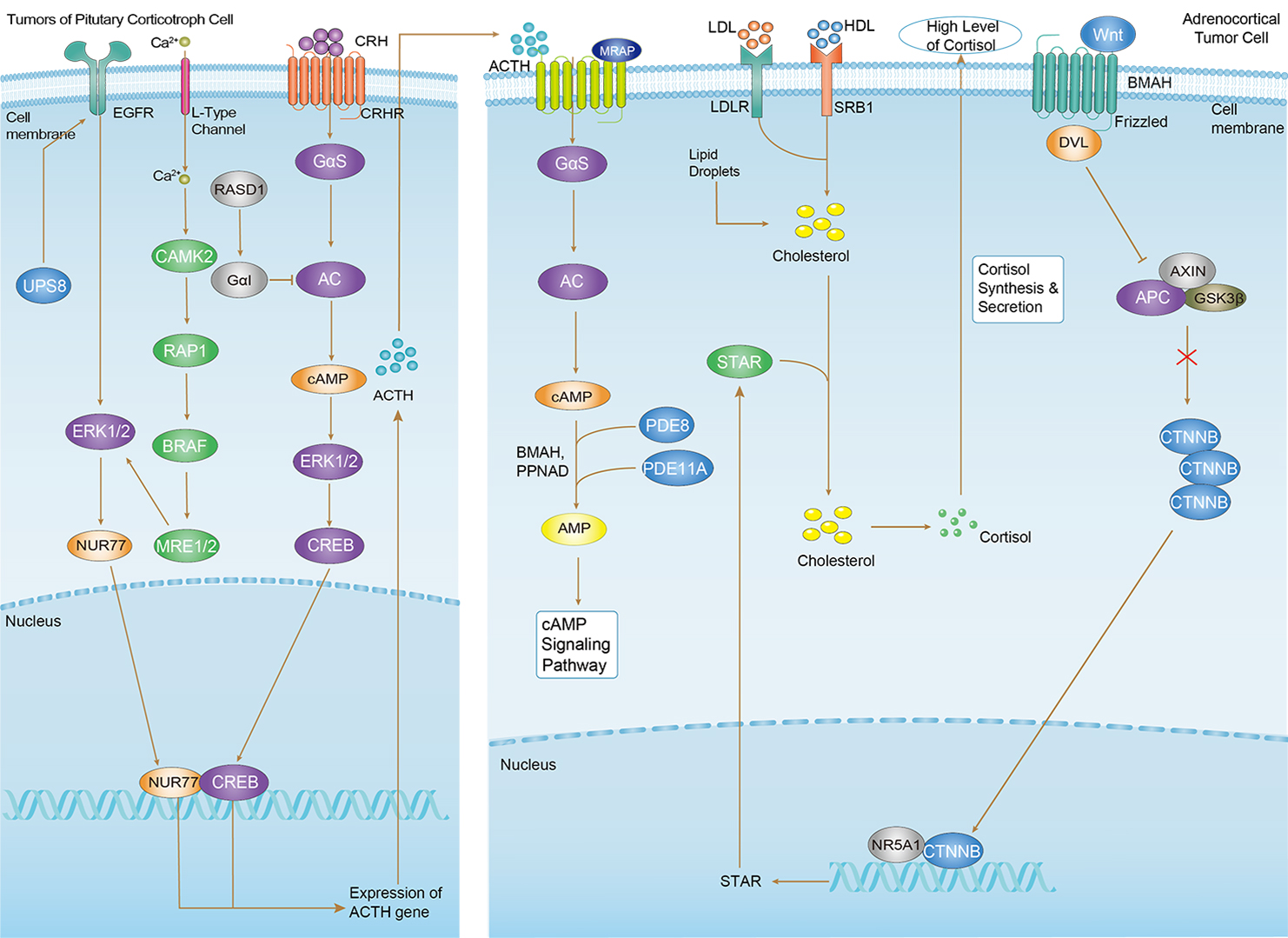 Cushing Syndrome
Cushing Syndrome
